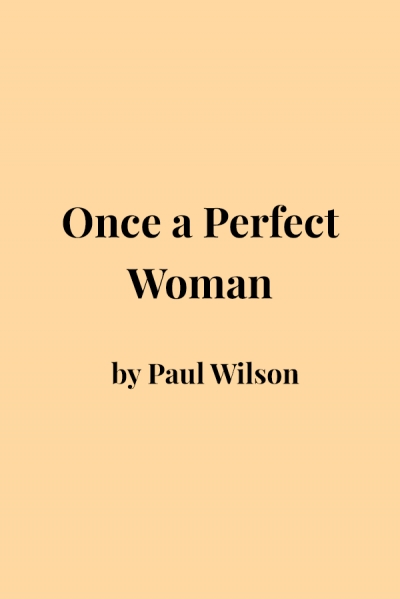Archive
Modern Australians live of course in a concourse or babble of discourses. We make our way through the bubble-and-squeak of chopped-up value systems. There is no tall hierarchy of speakings, no league ladder. Nor is there anything as redgum-solid as permanence; if anything, transience is taken as proof of the genuine.
... (read more)Who Do You Think You Are?: Second generation immigrant women in Australia edited by Karen Herne, Joanne Travaglia, and Elizabeth Weiss
by Heather Neilsen •
Kingdoms Come: Religion and politics in Brazil by Rowan Ireland
by Greg Dening •
Mining and Indigenous Peoples in Australasia edited by J. Connell and R. Howitt & Aborigines and Diamond Mining edited by R.A. Dixon and M.C. Dillon
by Tim Rowse •
It used to be the case that readers interested in the visual arts in Australia had to put up with long dry spells between the publication of art books. But, over the last three decades in particular, writing about the visual arts in Australia, in terms of its scholarly and especially in terms of its numerical strength, has undertaken a quiet revolution.
... (read more)








